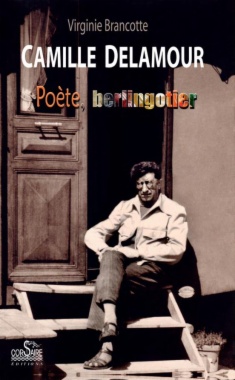

Camille Delamour (1896-1965) était forain et vivait avec sa femme dans une roulotte. Il se déplaçait de fête en fête avec sa voiture-boutique de tir et de confiserie dans la région de Gien et de Châtillon-sur-Loire.Quand ses deux roulottes, tirées par un tracteur, arrivaient en vue d'un bourg, les gamins accouraient, avides de quémander un peu du fil de berlingot fumant qui sortirait bientôt des grands chaudrons de cuivre.Camille Delamour était aussi poète.À la suite d'un drame, il commence à écrire des poèmes en berrichon, des «rimailles» qui paraissent dans le journal local, de 1946 à 1965.Ses poèmes chantent la nature mais racontent aussi la vie des campagnes et le monde qui change. L'humour et la justesse de ces chroniques, leur vivacité et leur verve parfois rabelaisienne font la joie des lecteurs impatients.Tout à la fois biographie d'un personnage singulier, hommage à un terroir et à sa langue incroyablement riche et truculente, ce livre est aussi l'évocation d'une époque révolue, celle d'avant la voiture et la télévision qui bouleverseront à tout jamais la vie de nos campagnes.